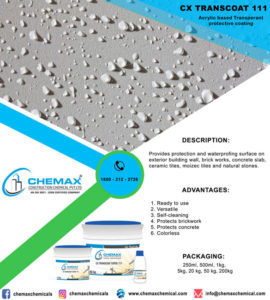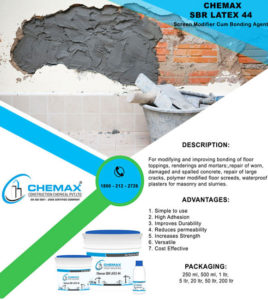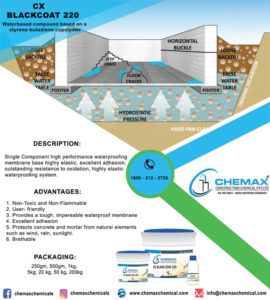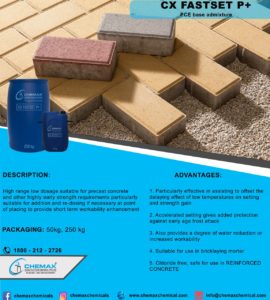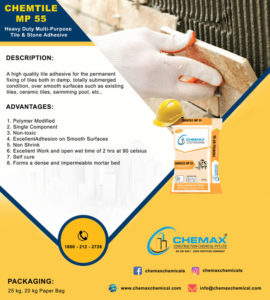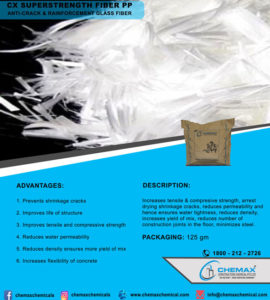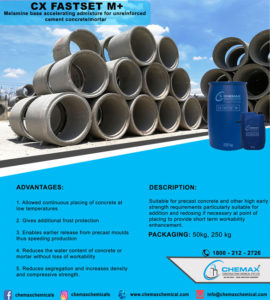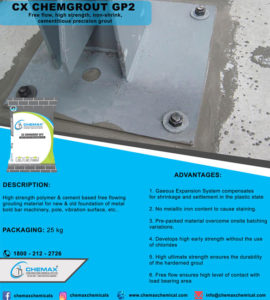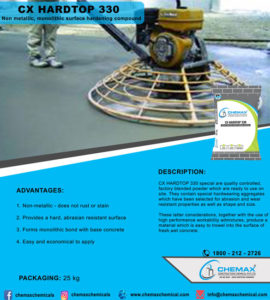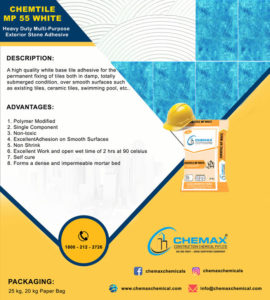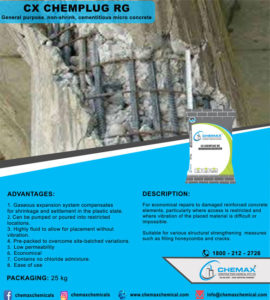Waterproofing is one of the most crucial uses in construction. In building, waterproofing increases the longevity of a wide variety of surfaces. Furthermore, waterproofing materials ought to be used to guarantee the comfort of the home or workplace that will be occupied once development is complete. What are the best materials for waterproofing, then? Which area of a house should utilize which waterproofing material? Our post has the answers to these queries.
We must first define water insulation before we can respond to the query, “What are waterproofing materials?”
The process of making a structure or thing waterproof or water resistant is called waterproofing. Under the given circumstances, this technique prevents water infiltration or leaves the insulated material or structure unaffected by it. These kinds of articles can be employed in damp conditions or at certain depths. On surfaces that are assumed to be in contact with water, such warehouses or balconies, it is occasionally employed to improve the comfort of buildings. What waterproofing materials are appropriate depends on the intended usage of the space.
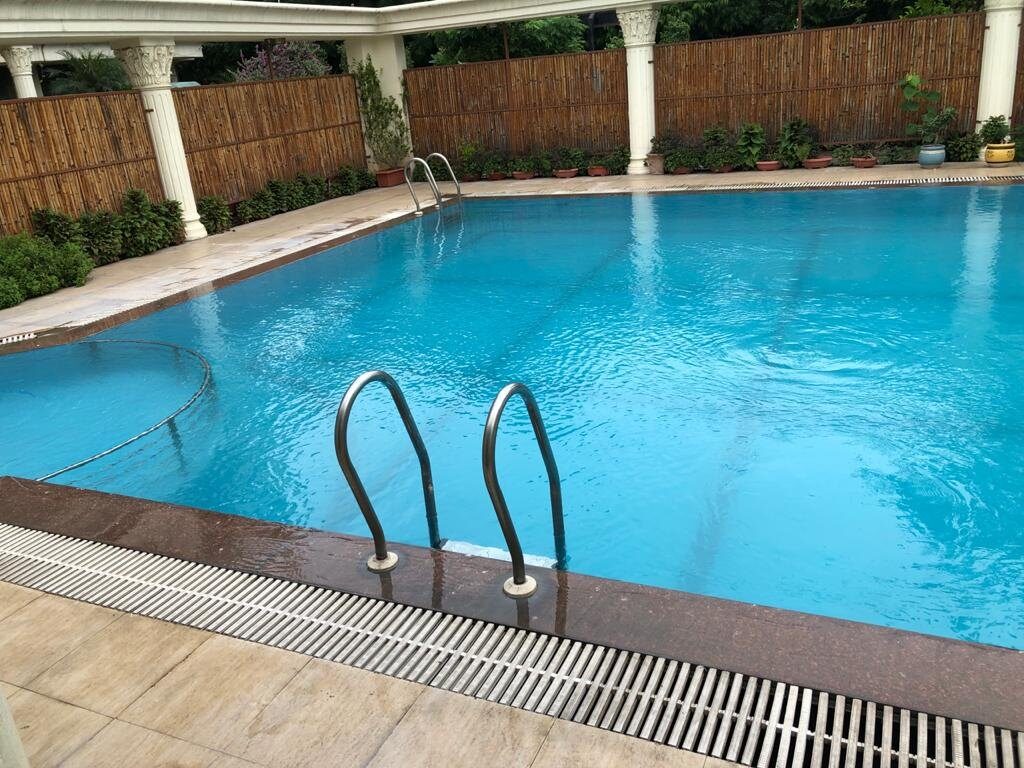
The process of creating an impermeable barrier to stop water from penetrating the surfaces of walls, roofs, foundations, and other structural elements is known as waterproofing. Building surfaces are occasionally waterproof and water-resistant.
To put it another way, waterproofing is a protective technique that increases a surface’s resistance to water or stops liquids from penetrating against its will under other external pressures like capillary action and hydrostatic pressure. It’s a procedure that makes it possible to apply strong, flexible membranes to create a continuous system. It is a method used in the design and building sectors to lessen the impact of liquid penetration on systems. The longevity of a building’s concrete surfaces is enhanced by insulation.
Techniques for Waterproofing Different Areas
Urban and rural locations use different waterproofing techniques. As a result, the response to the query, “What are the best waterproofing materials?” varies depending on the location—rural or urban.
Countrified Regions
Typical problems of the region’s natural problems may develop because rural areas are uniformly monotonous and less exploited in terms of varied materials and construction styles. The wear on the structure is extremely typical and limited because natural and locally accessible materials are used. Workmanship is addressed at the base level to resolve any potential issues.
How Is Waterproofing Done in Structures?
The fact that waterproofing materials are useful in construction is one of the reasons you may be wondering what they are. In this instance, you ought to examine closely at the waterproofing techniques used in building projects.
One of the applications where water insulation is commonly used is in construction. Using membranes and coatings to preserve a structure or structure, contents, and structural integrity is the process of waterproofing.
Benefits of Waterproofing
In order to provide a sound response to the query, “What are waterproofing materials?” we must first comprehend why this is necessary. If a building is not properly maintained, it will eventually deteriorate. Certain environmental elements, such air, water, temperature, wind, and humidity, become more controllable in this fashion. Problems like degradation or damage to a structure from foundation to plaster may arise if a structure is not shielded from water. Buildings must be water-resistantly insulated from the following causes:
- Natural factors
- Unexpected fire accidents
- Water – rain and humidity
- Strong wind
- Big earthquakes
- Non-natural factors
- Damage caused by theft
- Collapse of buildings
- Structural failure in buildings
- Other anti-social actions
The purpose of building waterproofing is to keep water out of a building. Broad waterproofing measures are typically applied to a building to manage moisture during construction. However, waterproofing can also be done after a building is built, or when the need arises during building improvement or rehabilitation.
Techniques for Waterproofing :
Waterproofing is applied to the top of the structure in layers, preserving its breathing qualities and preventing leaks and water accumulation. It eliminates the structure’s current water content internally and surrounds itself with a protective structure on the outside. To prevent water from entering the building, a building waterproofing system is often built with a lot of barriers.
The minimum amount of temperature differential between a building’s interior and exterior reduces wear and protects the structure. This occurs in a way that matches or equalizes the room temperature with the outside temperature, reducing the influence of shrinkage or expansion in the building’s diverse material composition.
It lessens the strain on the waterproofing system and other systems that the occupants often utilize to maintain a comfortable temperature in their rooms. Savings in the use of drinking water, power, and other resources can all be attributed to this decrease. In general, this makes the building greener.
Waterproofing on Walls
The characteristics of the area where waterproofing will be applied should be taken into consideration when searching for an answer to the question, “What are waterproofing materials?” There will be differences between the waterproof insulation used for the wall and the waterproof membrane utilized for the roof. This is a result of the differences between these surfaces and the water to which they are exposed. Air or vapor barriers are also necessary for walls.
When using the proper materials for wall waterproofing in particular homes, moisture issues might occasionally arise. This could be the result of choosing the wrong material for moisture insulation. Under such circumstances, the definition of waterproofing materials becomes even more crucial. Waterproofing also involves moisture insulation. To stop rainwater from rising, a moisture-resistant road is built into the masonry walls, and a liquid coating known as a basement waterproofing membrane makes the concrete in the foundations damp or waterproof. No issues with moisture this way.



